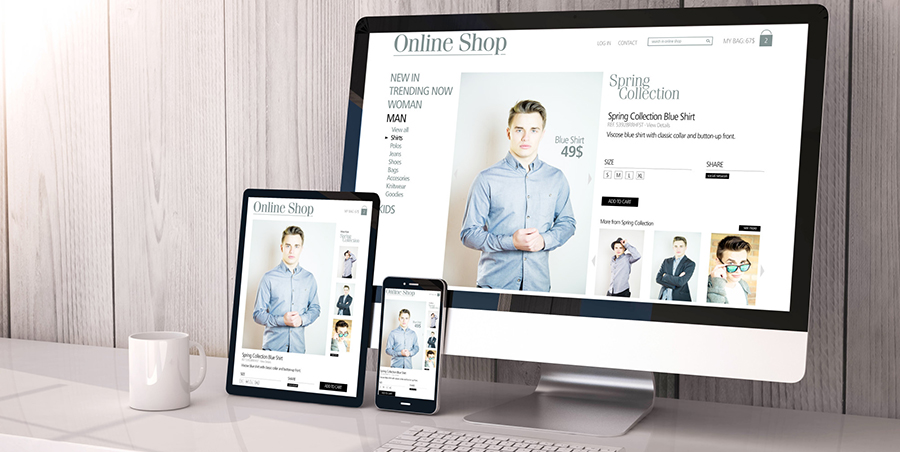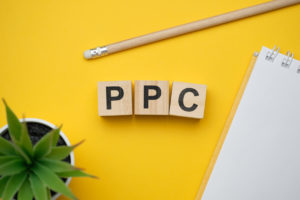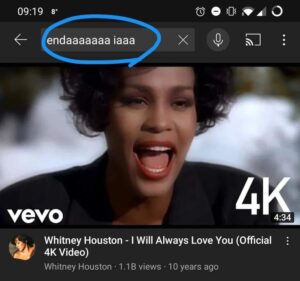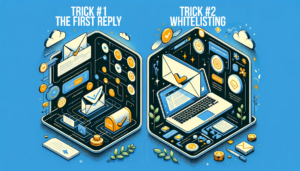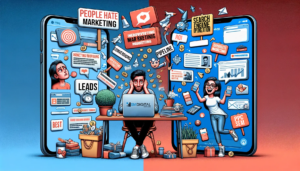Have you ever heard of microsites?
There’s a lot of jargon in the website development world. From coding to copywriting, there’s a lot to learn and understand when creating your own online platform!
One of the lesser-known terms is microsites. But these small websites are creating a stir in the digital world, with brands including RedBull, Spotify, and Dominos jumping on the bandwagon.
If you don’t know what we’re talking about, read on to find more about what they are and what are the advantages of microsites.
What Is a Microsite?
Microsites are essentially tiny websites – it’s as simple as that! Well, kind of.
They’re small websites that complement the company’s larger website, usually consisting of little more than 4 or 5 pages. They’re designed with a specific objective in mind which is usually marketing related and have an independent address and structure to their main website. The best way to explain what they are is by giving a couple of microsite examples.
Adobe is currently running a microsite alongside their main website called Creative Types. On the site, users can answer a set of questions about themselves before Adobe’s algorithm tells them what type of creative they are and how they can go further to flourish in their industry. Their aim is to show off Adobe’s own creative skill, which is done through their gorgeous animation, to raise brand awareness, and to show their users just how well they know them.
The site is incredibly simple with only one journey users can take, which is the test. It’s not flashy but it does the job and it does it well, making it one of the best microsites of this year.
Microsite Features
Now that we all understand a little more about what a microsite design looks like, let’s take a look at some of the features that make them what they are.
First of all, they’re usually temporary. They support marketing campaigns or initiatives and are taken down once the campaign runs its course. They don’t want the microsite to compete with the main site, so down it comes!
They have a separate domain, as mentioned above, and are usually rich in valuable content. The main attraction of a microsite is the content, rather than the main site which has many points of interest (finding out more about the brand, shopping with them etc.). They’re focused on one theme and have a large amount of content that relates to that.
This means that microsites often don’t have the functionality of the main site and are usually meant to be used just once, so are less focused on CTAs and driving users to make a purchase. They rarely have an e-commerce structure (though they can promote products) and brands usually prefer to funnel users to their main site to make sales.
What Are the Advantages of Microsites?
If you’re thinking of creating a microsite, you probably want to know what advantages you can expect. Let’s take a look now.
Target a Smaller Audience For Better Connection
When building a microsite, you’re often targeting a much smaller section of your overall audience. This means that you can speak directly to them, tailoring your messaging to appeal to this small segment. It also lets you take more risks, doing certain things that might not appeal to your larger audience.
From highlighting benefits that are specific to this audience to promoting aspects of your brand that will resonate with them, but may seem insignificant to others, there’s so much possibility! You can help differentiate your brand in a very targeted way.
Boost Conversion Rates With a Single Goal
Your microsite is driving users down one specific path, with only one goal at the end. This straightforward journey is great for boosting conversion rates as it’ll only appeal to those who you think will be interested in your brand. You’re much more likely to get positive reactions and a lower bounce rate.
Increase Your SEO Efforts
There are plenty of SEO benefits to consider when choosing to build a microsite. They can be developed with specific keywords in mind and can rank as their own keyword-rich URL, giving users an additional route to find your company.
Natural Audience Grabbers
There’s no doubt that microsites grab the attention of audiences. They’re intriguing to users, offering something that’s usually beneficial to them and different from what they’ve seen before. This makes them a great way to drive public interest towards your brand or a particular product or service, helping get your name out there.
Things to Consider When Building a Microsite
If you’re thinking of building a DIY WordPress microsite, there are a few things you need to remember. Here’s a run-through of important factors to consider as you get building:
- Set clear goals before you build, including who you’re targeting, how long the microsite will run, and what your brand will benefit from it
- Create an SEO strategy to boost your site’s visibility organically
- Conduct competitor research to ensure your microsite offers something new and unique
- Build a wireframe of design and focus on creating the content as you begin to build
- Remember to connect your microsite to analytics tools so that you can analyze its success after it’s launched
Even though they’re simpler than a main website, there’s still a lot of work involved when creating a successful microsite! If you don’t think you’re up to the challenge, that’s where our team come in.
Get Help Creating Your Microsite
At SMDigital, you’ll have access to a team of experienced, trusted digital marketing professionals. We’re used to building websites, including microsites, and marketing them to gain visibility, too! If you’d like to learn more about what are the advantages of microsites and how we’ll build yours, get in touch with our team today and we’ll be happy to answer any questions you may have.
